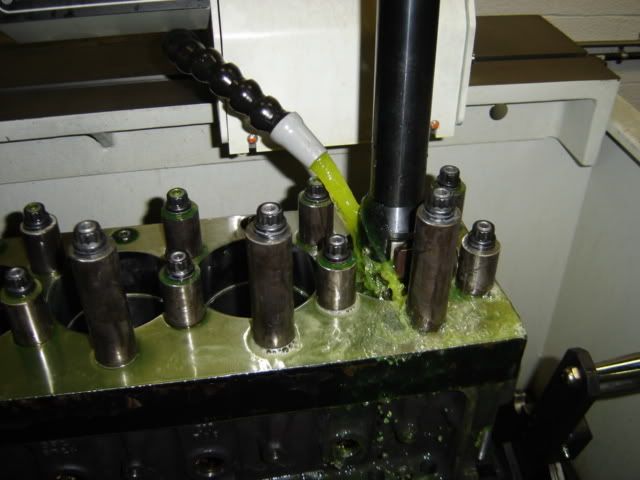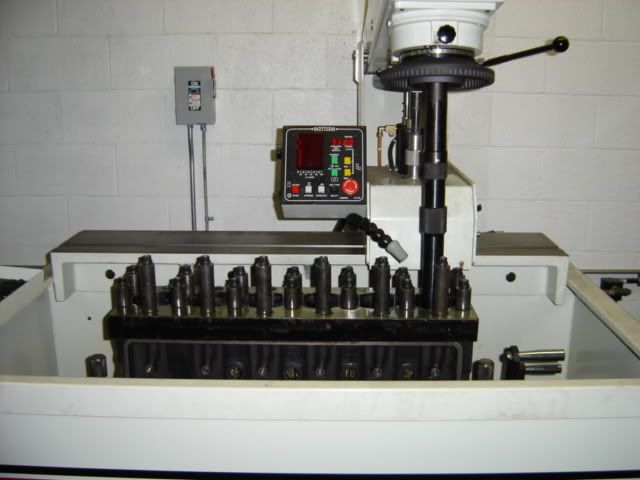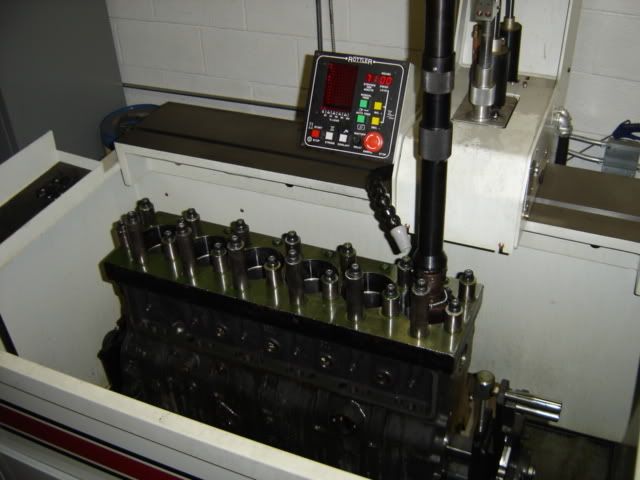VMacKenzie
New member
I was reading an old TDR magazine with an article on a Cummins (CMEP) plant tour where the author was able to view the engine building process (Issue 25 Page 66). When the block went through the machining process, a torque plate was bolted to the top in place of the head before cylinder boring took place, something commonly done with gas engines. I believe most here understand the purpose of this, but I got to wondering if this is ever done when guys do performance builds on their Cummins. I would think it would pay off on a diesel engine where cylinder pressures are so high and precision is key. Especially for those running 14mm studs and really torquing them down. . .certainly the block will distort differently than stock head bolts torqued to stock values.
Vaughn
Vaughn



